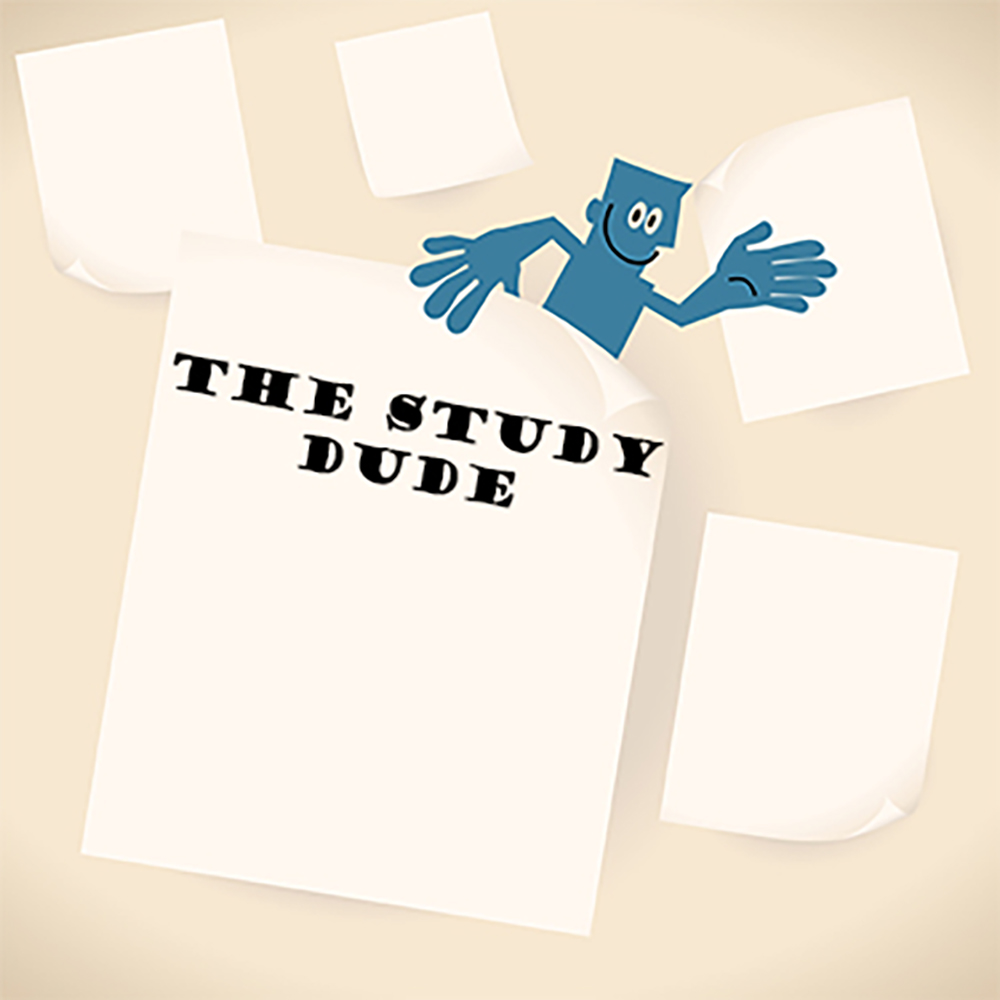 Learning body language could be the best thing you do. You’ll chum up with supervisors and students. You’ll win over bosses and colleagues. And one day that body language will secure you your dream job.
Learning body language could be the best thing you do. You’ll chum up with supervisors and students. You’ll win over bosses and colleagues. And one day that body language will secure you your dream job.
I bomb at nonverbal language. During interviews, I shrivel, almost disappearing. My shoulders hunch. My hands cover my lap. My crossed legs nervously bounce. And my hand karate chops the table when I make a point.
Weirdly, some interviewers have worse body language.
For instance, one interviewer looked small. His hands covered his groin while his knees buckled together. His shoulders stiffened into a shrug while his head hung low. When I asked him how much the job paid, he moaned, “You want the job, don’t you?” Turns out he wanted me to work for free.
Another interviewer yanked me with his handshake, his wide-eyes grinning, his eyebrows nearly pressed against mine. I wondered if he’d swallow me before he’d hire me. He did neither.
Unlike me and many, my boyfriend reads body language like a CIA operative. He recognizes people by the sounds of their walks. He uses body cues to read minds, guessing people’s worries before they’ve spoken a word. Not surprisingly, he makes droves of friends (more like fans) wherever he goes.
I yearn to learn to read people.
So, I sought books on body language. I read about power poses, about speaking loudly, about animating the voice. I read about mirroring others’ movements. But it all felt phony.
Then, I read books with images of crossed arms, furrowed brows, and hands on hips. “Is this all?” I thought. You might’ve wondered the same.
I’ve since found an effective—but crazy—book on body language. Janine Driver shares secrets of body language in You Say More Than You Think: The 7-Day Plan for using the New Body Language to Get What You Want:
- First, body language happens with the legs: “Feet always point in the direction of our interest” (location 1270, 41%).
- But bouncing legs can give the wrong impression: “Bouncing or moving one’s legs while seated can show nervousness” (location 1242, 40%).
- Avoid crossing your ankles: Crossed ankles “make a person, mostly often female, look like a little kid who is either bored out of her mind or terrified of getting into trouble. This pose makes you appear small, closed off, and as if you do not have both feet on the ground” (location 1207, 39%).
- Second, don’t hide your hands: “Any time a person hides a body part—especially something as important as their hands—people see it as a message of nervousness” (location 1200, 38%).
- Third, confident men highlight their groins: “When men are confident, they’ll flash their bits in what I call crotch displays” (location 1270, 41%).
- But women should act modestly: “Ladies, be very conservative; there’s never a time when it’s appropriate to flash your bits to get what you want, so focus more on using your power hand gestures to earn respect and professional admiration” (location 1248, 40%).
- Modest or not, don’t cover your crotch with your hands: “If you notice yourself standing in the fig leaf, put your hands behind your back. It’s really that simple; you’ll send the message that you are confident and you have all the answers” (location 1312, 42%).
- Fourth, thumbs signal power: “Keep an eye out for those celebrities whose hands are in their pockets, but who always stick out their thumb—those displays are powerful signals of independence” (location 1280, 41%).
- A thumb gesture called one-handed hooking sends romantic vibes: “Instead of letting your thumbs rest on the outside of your pockets, you can put your thumbs in your pockets with the rest of your hand on the outside. This cowboy maneuver is called ‘hooking’ …. Hooking, hanging your thumbs on your belt, pants, or pockets, is not for the faint of heart …. How sexy and powerful is one-handed hooking? Very” (location 1291, 41%).
- Fifth, point your belly button at your object of interest: “A halfhearted handshake with your belly button turned away is essentially the same as giving someone the ‘cold shoulder’—which, when employed consciously, can also be quite useful” (location 1069, 34%).
- Bosses like you best when you point your belly button: “Direct your belly button toward your boss and increase your odds at boosting rapport” (location 1001, 32%).
- Don’t point your belly button at the exit: “When we suddenly turn our navel toward a door or an exit or simply away from someone, we subconsciously send the signal that we want out of the conversation and perhaps even out of the interaction” (location 983, 31%).
- A shift in belly button direction pinpoints an issue: “Suddenly you see one of your employees angling her navel in a new direction during a discussion about revenue numbers. That shift may indicate a hidden emotion, a difference in opinion, or a lack of interest—thus yielding you a perfect Probing Point” (location 990, 31%).
I once hoped to write a thesis on body postures of elite politicians. I proposed to do so in grad school, but I couldn’t secure a supervisor. If I knew how to read belly buttons, I’d have drafted a better skeleton for my proposal.

